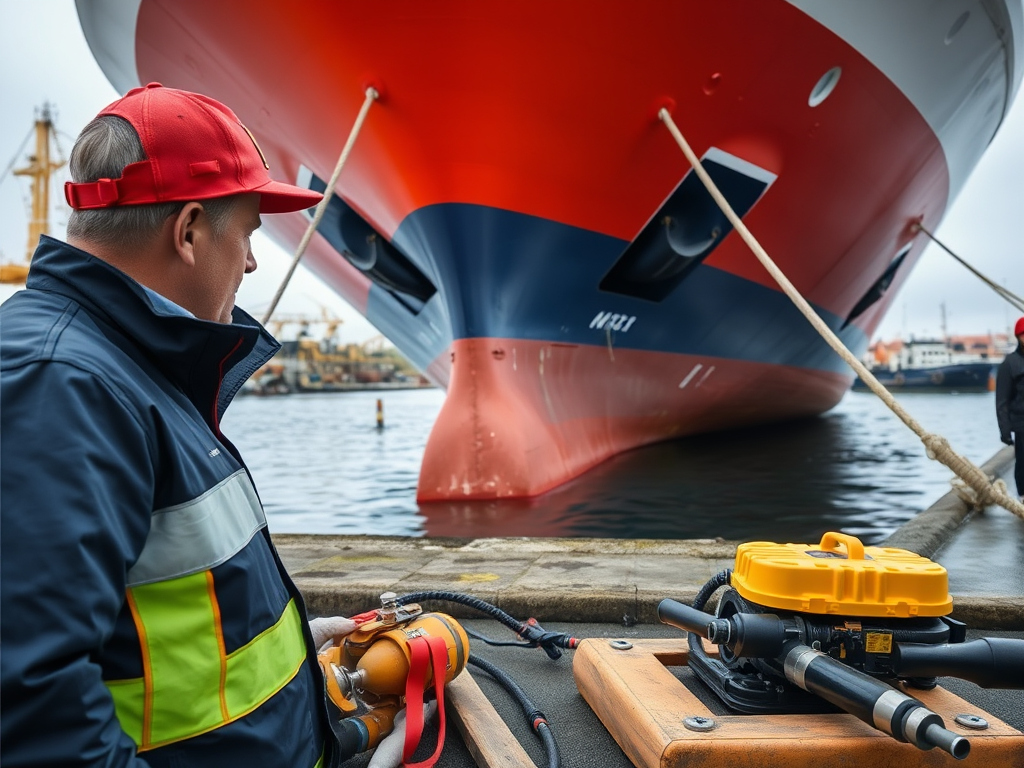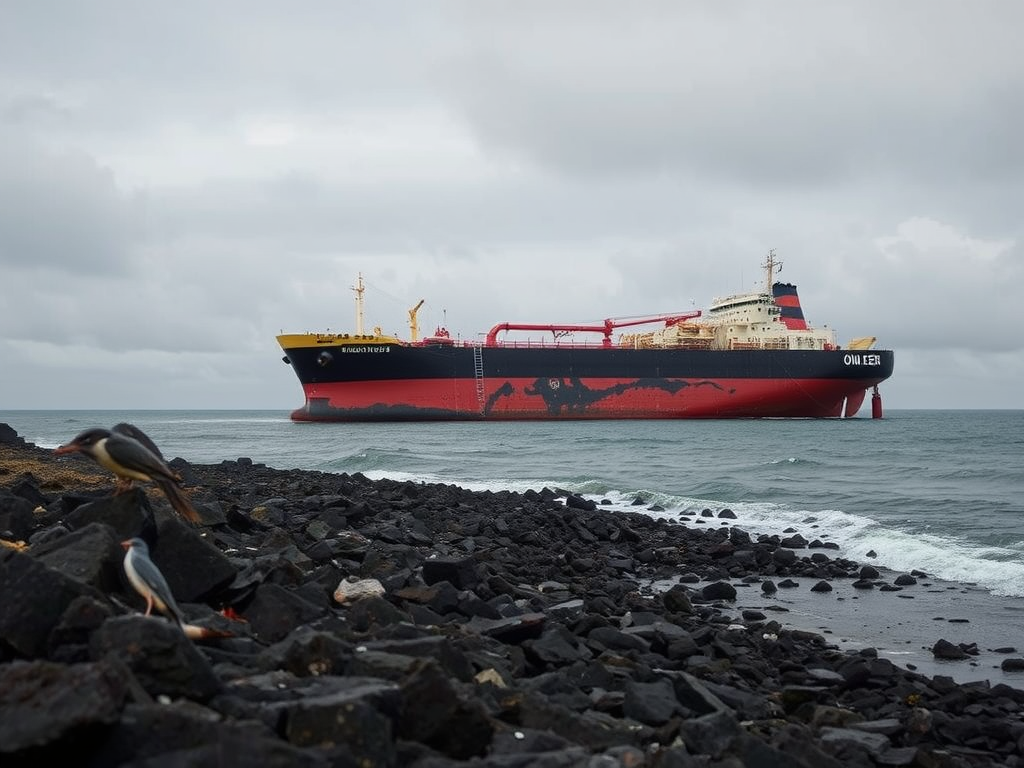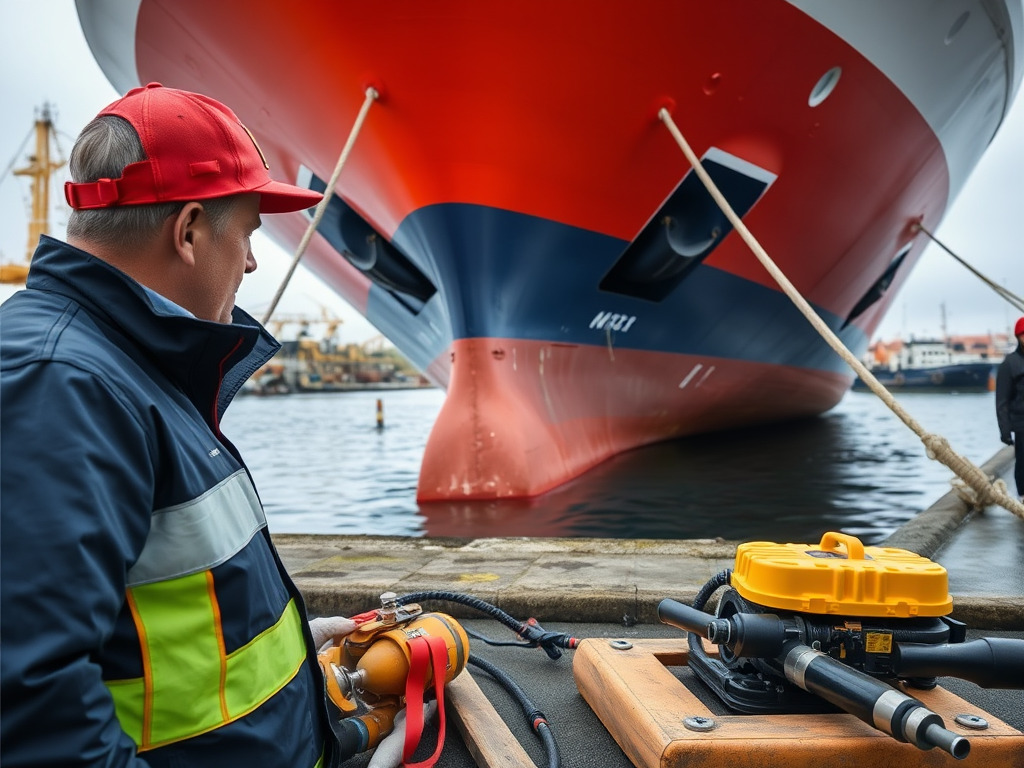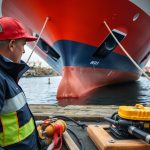INTRODUCTION
Global maritime industry stakeholders are growing increasingly concerned because they observe significant reductions in vessel inspections, sparking fears of more accidents and safety violations at sea. On January 26, 2025, industry stakeholders revealed that fewer ships undergo routine checks, leaving crucial safety regulations unenforced. The latest findings have alarmed the shipping community, prompting discussions about the dangers to crew members, cargo integrity, and environmental ecosystems. Authorities link these developments to insufficient funding, changes in inspection protocols, and higher shipping volumes following pandemic-era disruptions. Shipping-heavy regions, including Scandinavia, Europe, and the broader international community, face potential repercussions because lax oversight threatens the safety of maritime operations. With shipping forming a backbone of global trade, these trends raise red flags about how reduced safety initiatives could have catastrophic consequences for nations dependent on this mode of transport.
Latest Developments
Alarming Decline in Inspections
Governing maritime bodies report a sharp decline in vessel inspections across multiple regions due to constrained resources and regulatory overhaul. For example, the Swedish Transport Agency reports that in Sweden—the focal point of this ongoing investigation—the number of inspections dropped by 15% between 2023 and 2024. Globally, similar downward trends in inspection figures lead industry watchdogs to demand action.
Peter Svensson, a spokesman from the Swedish Maritime Authority, noted: “The shortfall in annual inspections isn’t just a number; it equates to operational risks, weakened compliance with international safety regulations, and potential disasters that could have been mitigated.”
The pattern is particularly worrying in Scandinavia, where recent data highlight that inspectors are checking larger vessels transporting hazardous cargo—such as oil tankers—less frequently than smaller fishing vessels or recreational boats. These scenarios highlight regulatory blind spots in maritime safety frameworks.
Incident Action: Tracing Real Risks
Authorities cite recent near-miss incidents as direct consequences of fewer inspections. For instance, in late 2024, mechanical failure caused a cargo vessel loaded with chemicals to narrowly avoid breaching Swedish coastline waters. Post-incident investigations revealed unaddressed technical flaws that a seasonal inspection could have identified. Shipping companies, on the other hand, argue that the demand for faster freight turnover is one of the driving challenges. An anonymous source from a logistics firm commented, “Streamlining inspection time aligns with operational deadlines, but there’s no denying that risks increase when vessels aren’t adequately reviewed.” The international nature of maritime shipping makes this problem even more pressing, as vessels navigating Europe must also meet International Maritime Organization (IMO) conventions. However, the inability to perform frequent checks could leave some vessels non-compliant when traveling globally, raising risks of collisions, spills, or fatalities.

Background and Context
The Long-Term Causes of Inspection Decline
Several intersecting factors cause the downward trend in vessel safety inspections. Budget issues across Europe have created shortages of qualified maritime inspectors, particularly throughout Scandinavia. Furthermore, advances in autonomous ship oversight technologies have not yet replaced on-ground scrutiny by experts.
Historically, Sweden has managed one of Europe’s safest ports with a reputable maritime control system. Inspections traditionally ensured full compliance with protocols like the SOLAS (Safety of Life at Sea) Convention and MARPOL (Marine Pollution standards). However, tightening governmental budgets post-pandemic led to gradual reductions in monitoring programs starting in 2022.
The global shipping industry adds another layer of complexity. Increased international trade forces ports and national maritime administrations to balance reducing bottlenecks with prioritizing safety. However, failure to adequately balance these needs leaves areas like Scandinavia particularly exposed due to the high volume of trade through the North Sea and Baltic Sea.
International Implications
Globally, this poses serious dilemmas as uninspected ships cross jurisdictions. Regions like East Asia, reliant on Europe for transport infrastructure, point to concerns about spillover effects where lax inspections escalate maritime disasters. An OECD study in 2023 warned that a single oil spill in international waters could cost up to $150 million globally in containment measures.
Meanwhile, other countries, including the U.S. and China, enforce stricter limits on allowing non-compliant vessels into harbors. European ships operating below these standards may eventually lose market access while struggling with growing environmental repercussions.

Future Outlook
Predictions for Maritime Safety Practices
Given the current trajectory, experts predict a rise in serious accidents if few actions are taken to redress weakened inspection protocols. A 2024 IHS Market Report estimated that global maritime accidents could climb by 12% annually, with the report projecting worsening vessel damages and environmental destruction. To counteract these risks, Sweden and regional counterparts are pushing for enhanced funding of safety programs, and discussions in the EU Maritime Commission are exploring collective inspections across major European ports. Simultaneously, innovations such as AI-driven monitoring technologies show promise in assisting lower-resourced manual inspection programs.
Possible Scenarios
- Proactive Regional Reinforcements: In the best-case scenario, Scandinavian countries will secure additional public-private funding for effective port inspections by mid-2025. This will halt or upgrade dangerous ships before incidents occur.
- Stalled Action, Escalating Disasters: Unchecked systems could cause long-term safety oversight lapses, increasing risks in heavily trafficked European shipping lanes. Accidental spillover pollution—especially into ecologically sensitive regions like the Arctic—might prompt retaliatory legal costs against Scandinavia.
- Global Regulatory Shifts: Widely publicized disasters could prompt stricter international vessel clearance rules, slowing global transit times but resetting accountability systems in secondary ports.
FAQ Section
1. Why are fewer vessel inspections causing concern?
Reduced inspections increase the likelihood of maritime incidents such as collisions, oil spills, and machinery failures. Inspection protocols exist to ensure compliance with norms like SOLAS and MARPOL, meant to safeguard both crews and environmental standards. When these are rolled back, it creates vulnerabilities, especially in high-traffic shipping zones such as Northern Europe.
2. How has the Swedish maritime industry been affected?
The Swedish Transport Agency reports a sharp dip in safety checks across major ports, endangering compliance historically upheld by Scandinavian countries. This reduction affects Sweden’s export economy and compromises Baltic Sea conservation objectives.
3. What global repercussions might this have?
Reduced oversight in Scandinavian waters doesn’t just hurt local systems; it risks carrying blocked unsafe cargo internationally. Widespread issues might induce stricter maritime clauses affecting multi-region bilateral shipping agreements between developing markets.
4. Are there alternative technologies compensating for fewer inspectors?
While systems like drones or ship telemetry advancements exist, they cannot fully replace human assessments. For instance, AI automation still struggles correctly identifying corrosions un-crewed ships endure mid-sea Vs Impossible’s…human-equiv-field/live_eval gap persists.
As Inspections Decline, the Risk of Maritime Incidents Grows
Reductions in vessel inspections across Scandinavia and beyond raise alarms about worsening maritime safety and environmental hazards.
CONCLUSION
The reduction in vessel inspections poses immediate and long-term risks to maritime safety, trade efficiency, and environmental stability. While automation and international cooperation hold promise, the need for on-the-ground action is urgent. With growing scrutiny from stakeholders across industries, policymakers and shipping companies must rally for an effective response before avoidable tragedies occur.
As developments unfold, staying informed on maritime trends has never been more critical. Sign up for our newsletter today for updates.




